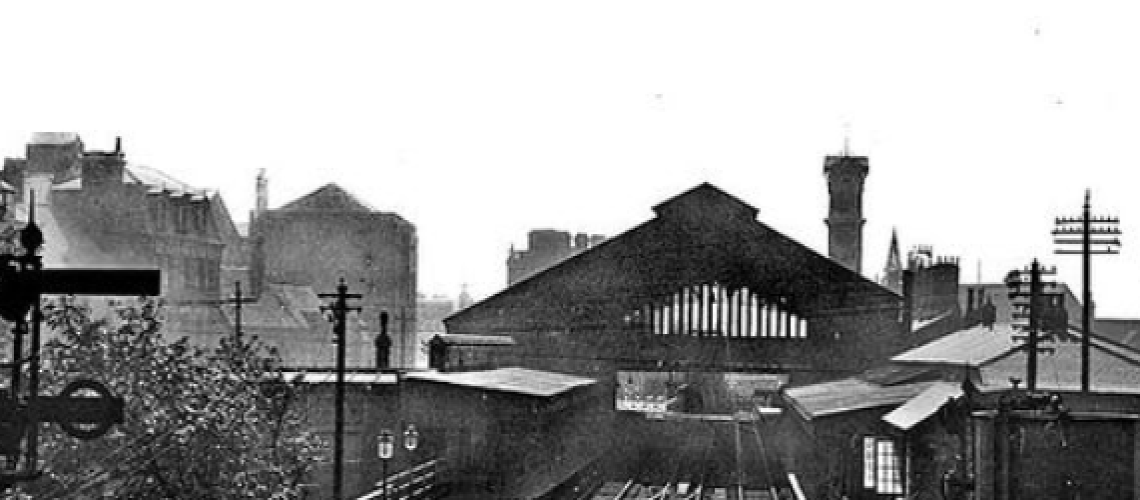


Dover Harbour Station is a testament to the historical significance and architectural grandeur of railway infrastructure in England. Its rich history spans centuries, marked by periods of prosperity, decline, and restoration. In this article, we embark on a journey through time, exploring the multifaceted story of Dover Harbour Station. From its origins as a bustling transportation hub to its recent revival, we delve into the intricacies of its architecture, focusing mainly on the restoration efforts that have brought new life to this iconic landmark.
Established in the heart of Dover, England, Dover Harbour Station emerged in the mid-19th century during the peak of the railway expansion era. As a vital link between England and continental Europe, the station facilitated trade, tourism, and military operations. Over the decades, it witnessed significant transformations, from introducing steam locomotives to electrifying railway lines. However, with the decline of traditional rail travel and the advent of modern transportation systems, Dover Harbour Station fell into disrepair, facing the threat of abandonment.
Recently, a concerted effort has been made to preserve and restore Dover Harbour Station to its former glory. Recognising its historical significance and architectural value, preservationists, engineers, and local authorities collaborated to undertake a comprehensive restoration project. Central to this endeavour was the meticulous attention to detail, aiming to retain the station’s original character while implementing necessary upgrades to ensure its structural integrity and functionality. One of the critical aspects of the restoration involved the rehabilitation of the station’s cast iron gutters, pipes, and traditional LCC soil systems.